Prince William County Comprehensive Plan Update:
Parks, Trails & Open Space
Community Coalition of Citizen Groups Presentation to the Planning Commission, August 1, 2007 |
|
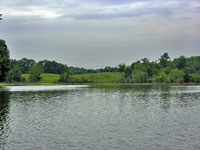 |
|
Concerned about the low standards proposed by Planning staff, the Prince William Conservation Alliance and interested citizens formed a coalition to advocate for new policies that set high standards. This Coalition has written draft chapters for Parks, Trails & Open Space chapters of the Comprehensive Plan.
Our goals were to (1) ensure that community views are represented in the planning process; (2) provide a logical and readable foundation for establishing and maintaining high quality systems of parks, trails and open space. |
|
| Trails Plan: Create and Sustain a Countywide Network |
|
Recreation:
Greenways & Blueways
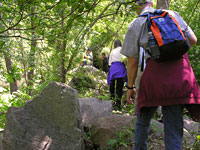 |
Transportation:
Bikes & Pedestrian Connections
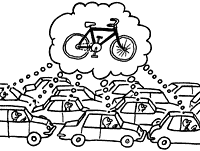 |
|
|
|
| Trails Plan: Steps to Success |
|
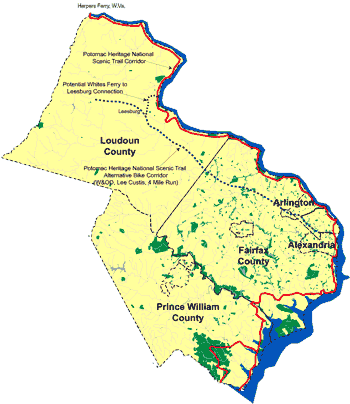 |
At our public meetings, citizens expressed interest in trails for hiking, equestrian, running, mountain biking, and boating uses. There was agreement that the County needs a comprehensive trails plan to (1) increase public access,(2) encourage new efforts to secure additional trails and (3) ensure that trail segments are not lost through the development process. Comments also included support for a variety of funding options, including local resources, grants, proffers, bonds, and cooperative agreements with local, regional and federal organizations and agencies.
|
|
| |
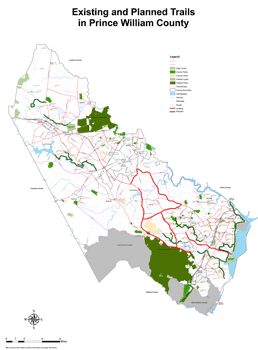 |
- Baseline existing trail system;
- Create guidelines;
- GIS Map.
Greenways and trails offer a new way of looking at how a community’s cultural,
historic, recreational and conservation needs fit into an overall picture that also
includes economic growth. With their emphasis on connections, greenways and
trails allow community leaders to consider how existing parks and open spaces
can become part of a network of green that supports wildlife, pleases people, and
attracts tourists and clean industry.
—A Guide to the Benefits and Costs of Greenways and Trails, Florida Dept. of Environmental Protection |
|
| Create a Trails Commission |
|
|
- Appointed by and reporting to the Board of County Supervisors;
-
Membership includes individuals and organization representatives with expertise and interest in trails;
-
Includes agency representatives in a support capacity.
Successful greenways grow out of the grassroots. They depend on local enthusiasm,
local money, local leaders, local priorities, local agreements and local governments.
They depend on highly motivated volunteers including individuals, groups and
businesses. They are dependent, in short, on a strong sense of community
responsibility and on the willingness of each community to link its destiny to that of
its neighbors.
—David Burwell, Rails-to-Trails Conservancy |
|
| Create Countywide Trails Plan |
|
|
- Trail Commission;
- Identify potential
corridors;
- Achieve consensus;
- Adopt map as part of comprehensive Plan.
....to bring the pedestrian back into the picture, one must treat him with the respect
and honor we now accord only to the automobile: we should provide him with
pleasant walks, insulated from traffic, to take him to his destination, once he enters a
business precinct or residential quarter.
—Lewis Mumford
|
|
| Ensure the Plan is Executed |
|
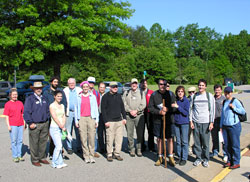 |
- Review development plans;
-
Encourage regional coordination;
-
Review DOT and other agency projects;
- Create partnerships with organizations and agencies.
Greenway-making is as much a matter of scrounging as it is of making genteel
applications to government and foundation funding sources. The fact is, scroungers
make by far the best greenway leaders simply because, by rooting around, they
somehow find the grants, the in-kind services, donated materials, and significantly,
the gifts of land. There is no way to provide tips for the art of scrounging; scroungers
are born, not made.
—Charles Little
back to top...
|
|
| Open Space Plan: Ensure an adequate supply of beneficial open space for future generations |
|
|
- Establish strong open space policies;
- Provide objectives, strategies, and recommended actions to ensure success.
Open space provides a range of economic, aesthetic, environmental and recreation benefits to citizens of a community, beyond the benefits that accrue to private landowners. Open space enhances property values; increases municipal revenues; and attracts businesses, homebuyers and workers.
—Citizen Open Space Proposal
|
|
|
|
- Clear definitions;
- Establishes standards for protected open space;
- Focus on connectivity.
Everyone needs to be talking in the same language. Vague, confusing definitions create loopholes, discourage citizen involvement and damage government's capacity to ensure adequate, high quality open space countywide. |
|
Emphasis on Protected Open Space
Land that is protected from development in perpetuity
|
|
| Protected Open Space IS:
- County-owned property
- Passive recreation area of county parks
- Corridors - environmental, heritage and recreational
- State and federal parks, forests and wildlife preserves
- Chesapeake Bay resource protection areas
- Land protected by enforceable easements or covenants
|
|
Protected Open Space IS NOT :
- Military bases (unless in RPA)
- Home owner association land (unless in RPA)
- Highway rights-of-way
|
|
| Inventory & Land Use Planning |
|
|
- Complete an accurate inventory and approve it through a public process;
-
Publish inventory;
- Embed open space preservation in land use decision making.
The process of inventorying key resources can be undertaken by citizen's groups, private organizations or public agencies or a coalition of such groups. Communities that have conducted these kinds of inventories found their effort built community awareness and consensus for planning in the future.
— Ed McMahon, Conservation Fund |
|
| Preserve Existing Open Space |
|
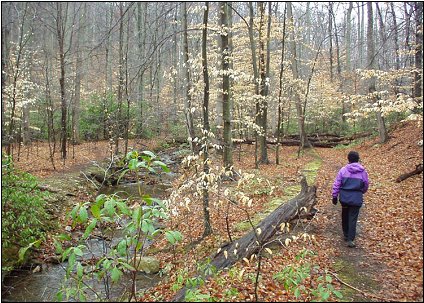 |
- Management plans for County owned land;
- Coordinate with other agencies and jurisdictions;
- Develop a Purchase of Development Rights (PDR) program to help protect the Rural Crescent;
- Increase compliance with Virginia's Chesapeake Bay commitments.
Prince William County is one of a few jurisdictions on the Atlantic Seaboard that cover three geologic provinces, extending from the Valley and Ridge province at Bull Run Mountain to the Atlantic Coastal Plain on the tidal Potomac River. This natural heritage results in a great diversity of plant and animal life found in mountain streams, forests, meadows, tidal marshes, and nearly 30 miles of Potomac River shoreline as well as a rich cultural heritage.
— Citizen Parks Proposal
|
|
| Increase Inventory & Public Access |
|
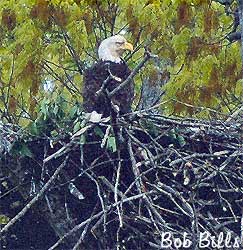 |
- Identify county owned land that meets open space needs;
- Develop incentives for property owners;
- Acquire land;
- Adopt Protected Open Space Overlay Districts
- Target is to ensure that 39% of PWC is protected as open space.
Parks and natural areas can be used for recreation; wetlands and forests supply storm-water drainage and wildlife habitat; farms and forests provide aesthetic benefits to surrounding residents. And in rapidly growing urban and suburban areas, any preserved land can offer relief from congestion and other negative effects of development.
|
|
| |
|
- Identify, protect, and preserve corridors;
- Environmental
- Heritage
- Recreational
- Partner with public & private organizations, other jurisdictions.
Green open space networks are designed for recreation, conservation, and smart land use - a network for people, nature, and "livable" communities. Greenways are often established and managed through partnerships between municipalities, counties, and non-profit organizations.
— Implementing
a Municipal
Open Space
Program:
A Guide for
Pennsylvania’s
Municipalities
back to top...
|
|
| Parks Plan: Ensure quality parks for future generations |
|
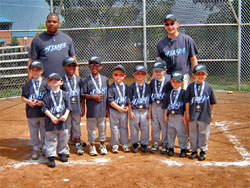 |
- Protect natural and cultural resources;
- Provide open space;
- Provide active and passive recreation opportunities
There is no question that cities are paying much more attention to parks. Old parks are being refurbished, new parks are being created, and cities with weak systems are looking at ways to get into the game. Everyone now recognizes that parks are significant when it comes to urban competitiveness.
— Peter Harnik, Trust for Public Land |
|
| |
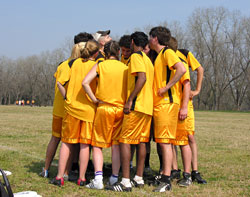 |
- Citizen's draft preserves much of the content of the current and previously proposed comp plan chapters;
- Adds input from three public meetings and two meetings with Park Authority Board and staff;
- Provides logical progression – clarifies plan language;
- Strong support for park system to meet current and future needs.
|
|
| |
|
- Public Support;
- Provide a quality
park system;
-
Secure funding
through diverse
sources;
- Maintain level of
Service (LOS)
standards.
- Address underserved
areas;
- Protect natural and
cultural resources;
- Connect parks and neighborhoods with
trails.
It is important to recognize that the way the county manages development and change, specifically the balance between the conservation of land and historic sites with residential and commercial growth and new infrastructure, will have an immense impact on future generations.
— Citizen Parks Proposal
|
|
| |
|
- Complete and maintain an
accurate inventory of park
land, resources & facilities;
- Establish 30 year vision
for park system;
- Make county parks the core
of open space network;
Involve public and user
groups in facility inventory.
- Work with partners where possible to establish
and maintain facilities;
- Take advantage of diverse funding and acquisition
opportunities;
- Provide facilities in underserved areas;
- Embed natural and cultural resource protection in
all levels of park decision making.
The cities with the most successful park systems are those that have a strong guiding vision for open space and a plan to carry it out.
— Peter Harnik, Trust for Public Land |
|
| Parks Update: Logic and Timing |
|
|
- Current comp plan is outdated;
- Proposed revisions in works for over 2 years;
- Parks have great needs and opportunities;
- Citizens support parks and want more of them.
The traditional image of a “park” in most people's minds includes clusters of athletic facilities separated by sweeping lawns and public facilities.
True parks, however, provide a balance of active and passive activities.
— New York City, Dept. of City Planning, Silvercup West Impact Report |
|
| Parks are important public spaces
that are essential to good quality of life
today and in the future. |
|
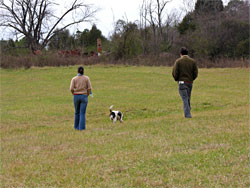 |
In order to continue to grow the size and quality of our parks, we need the clear structure and financial support proposed in this draft Comprehensive Plan chapter. |
|
Back to top...
Back to Open Space Planning... |
![]()